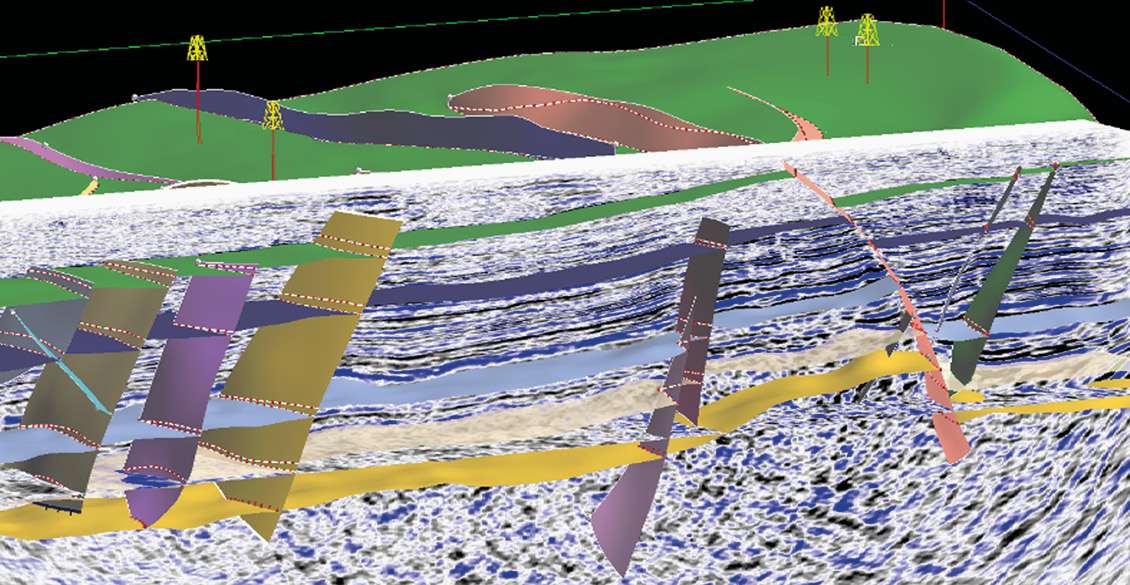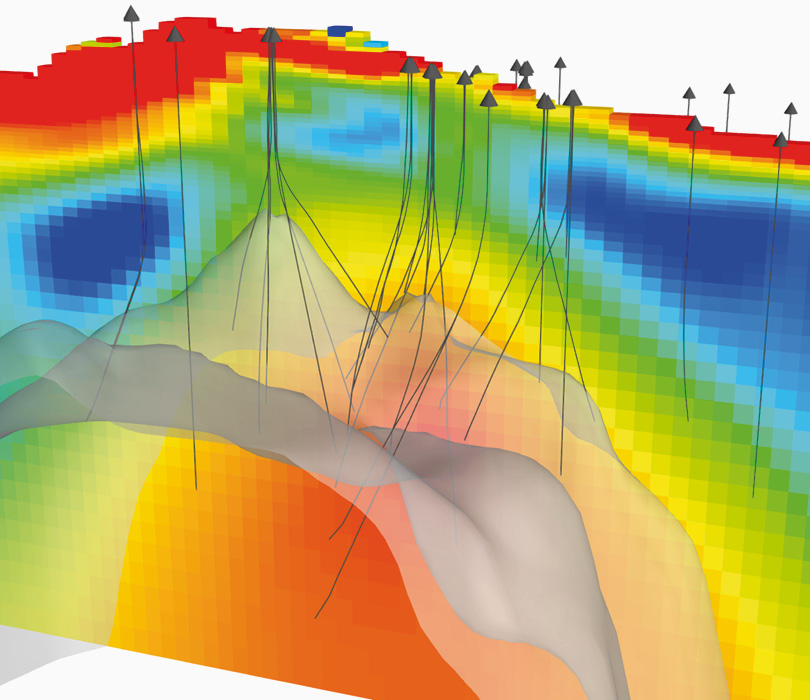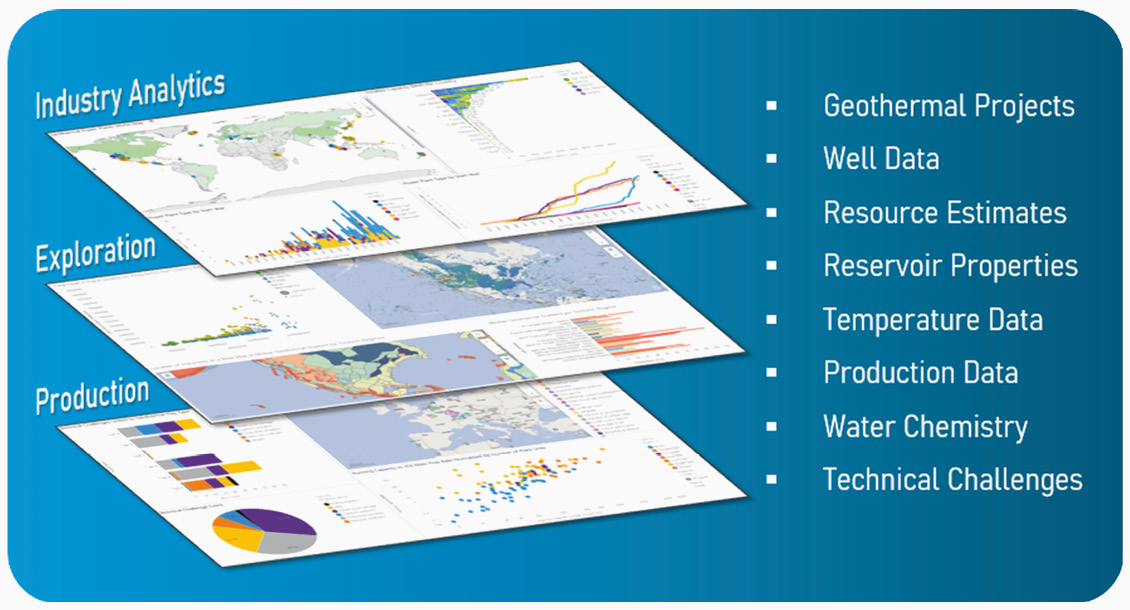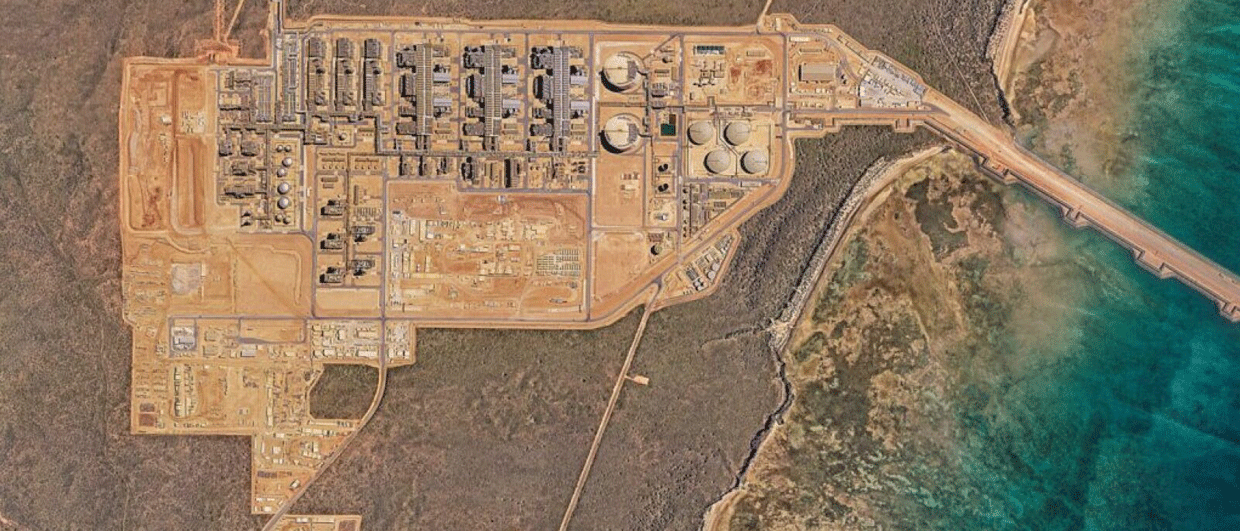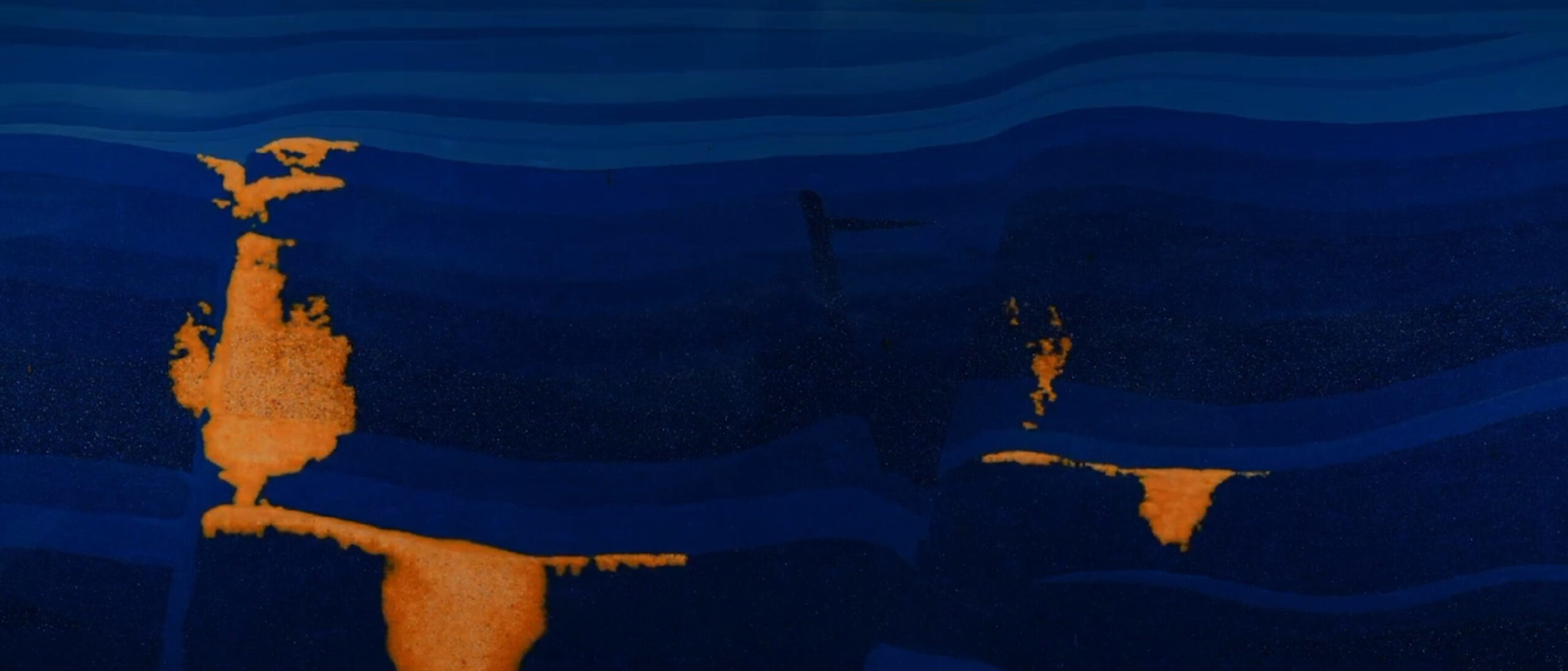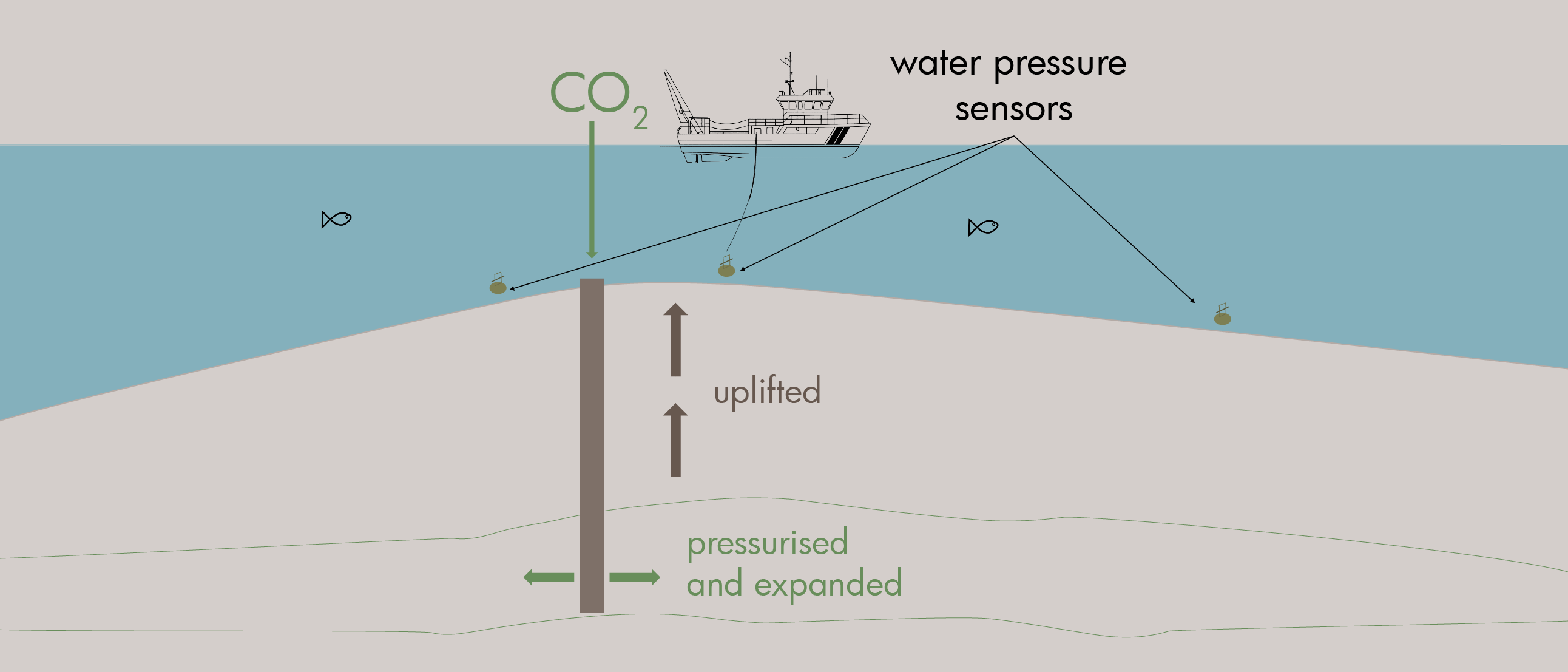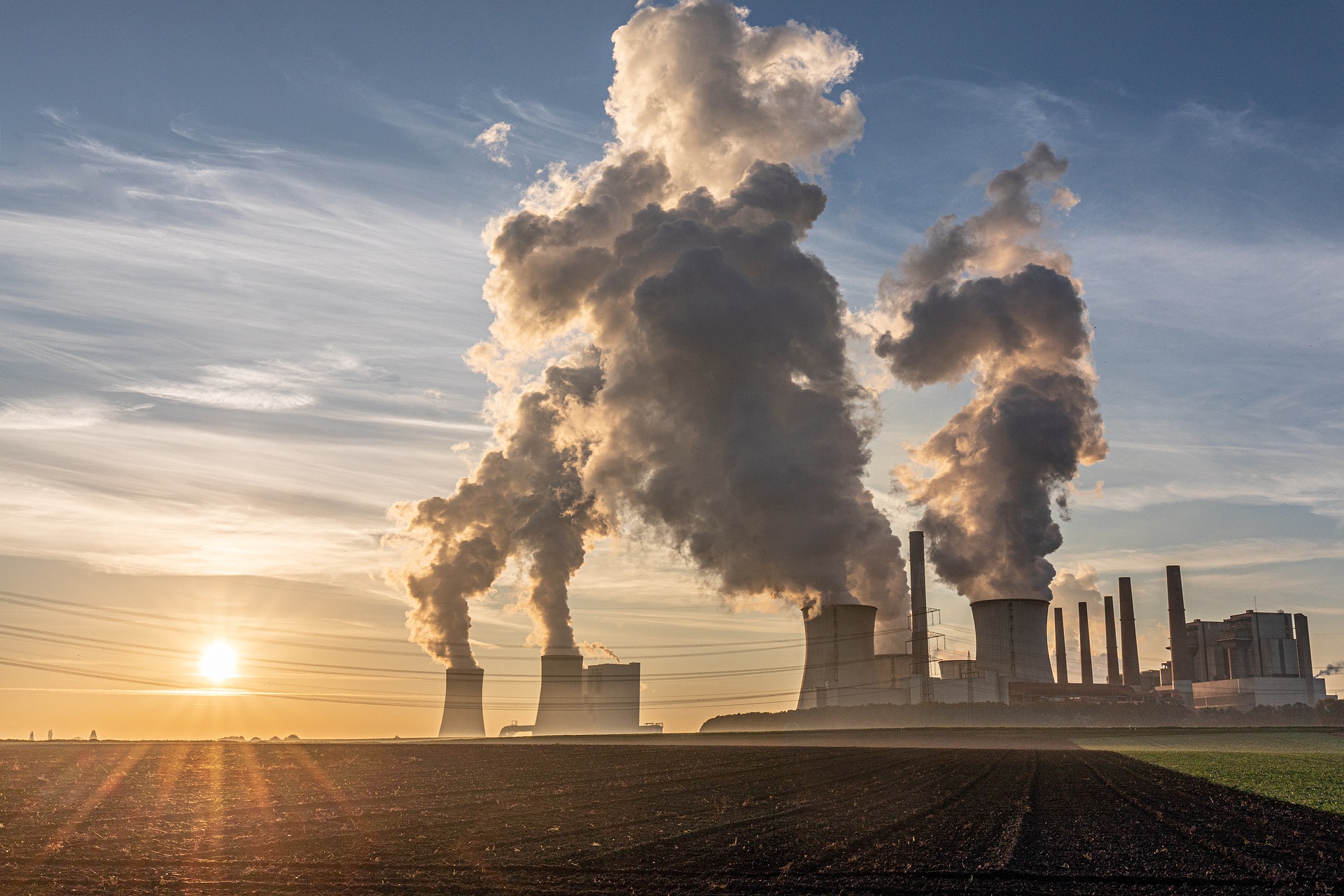Last year certainly brought us all unexpected challenges and perhaps some new opportunities. In my own career, the opportunity was a new role as Head of Geothermal Science at CGG. This personal career move was driven by the renewed global focus on the potential for geothermal energy to play a greater role in the Energy Transition.
When I joined ConocoPhillips in 2004, after completing a structural geology PhD at the University of New Brunswick in eastern Canada, I was fortunate to join the oil and gas industry at a time of relatively high oil prices and significant investment in new graduates. Since then, I have weathered the ups and downs of the industry at Talisman Energy in Calgary, followed by Maersk Oil in Copenhagen, while building my expertise in Exploration and New Ventures in basins around the globe. My latest career move was in 2018 when I joined CGG in the UK. This was after a difficult period of market downcycle, and I was excited to be able to stay in the energy industry. The recent acceleration of the Energy Transition is in stark contrast to the difficult circumstances faced by our oil and gas community.
Transferable Skills
As traditional oil and gas companies look for clean energy investment opportunities, there is a high level of interest from subsurface technical specialists who are keen to learn and demonstrate how their knowledge and skills can be applied in this growth area. I have observed excitement and some trepidation within all experience levels of geoscientists – excited at the new opportunities arising and the global push to meet climate change targets, yet uncertainty around where we fit as geoscientists.
With the launch of the United Nations ‘Race to Zero’, a global campaign to rally leadership and support from businesses, cities, regions, investors and universities for a healthy, resilient, zero carbon recovery, and the upcoming 26th UN Climate Change Conference of the Parties (COP26) in Glasgow, November 2021, there is a sharp focus on the actions needed to reach the goals of the Paris Agreement and the UN Framework Convention on Climate Change. Geothermal makes a relatively minor contribution to global renewable energy, a sector currently dominated by wind and solar. However, in the next five years the installed geothermal electrical power generating capacity is forecast to expand from 16 gigawatts (GW) at the end of 2020 to 24GW in 2025 as energy companies diversify into alternative markets (Rystad Energy 2020). Recent announcements from BP and Chevron Technology Ventures that they are investing in new geothermal technologies that include heating and cooling has highlighted the growing interest in geothermal from ‘Big Oil’.
Geothermal energy is the thermal energy generated and stored within the Earth (from radioactive decay of minerals and the heat associated with the formation of the Earth). Humans have harnessed the surface manifestations of geothermal energy from hot springs for cooking, bathing and warmth for thousands of years. The first geothermal plant was established in Larderello, Italy in 1904. One of the great advantages of geothermal is the flexibility associated with how we utilise this energy; it can heat, cool and generate electricity (Figure 1).
Constant Energy
Geothermal energy is ‘always on’, meaning, unlike solar and wind, the energy produced is constant and does not depend on weather or daylight. Geothermal energy below about 120°C can be utilised directly as heating/cooling for residential and industrial purposes, for drying in manufacturing processes and in agriculture/aquaculture. All these uses can be applied without access to a power grid and are particularly beneficial in areas lacking a well-developed electrical grid or if the existing grid is at full capacity. Alternatively, geothermal temperatures above 120°C can be converted directly to electricity and supplied to the grid using flash, steam or binary turbine systems. Geothermal plants can have a relatively light geographic footprint in urban areas (approximately two football pitches) and emit a very small fraction of carbon compared to hydrocarbons or coal. While the upfront capital expenditure for a geothermal plant is typically high, the life span is 25–30 years and can be up to 50 years, with little downtime, giving a very competitive levelised cost of electricity (LCOE) compared to other renewable energy sources. With the increased investment in new technologies, the LCOE will likely fall in a similar way to solar and wind.
An exciting potential use for geothermal energy is the production of green hydrogen and ammonia. A variety of different industries (e.g., shipping, aviation, power generation and manufacturing) are collaborating with governments and universities to increase the use of ammonia and hydrogen as a viable alternative to fossil fuels. Green ammonia has a greater power density than hydrogen and can also be used for fertiliser, the decarbonising of food production being an important element in the ‘race to net zero’.
Historically, geothermal energy has been developed in areas with high-temperature systems. These are characterised by volcanoes and proximity to plate boundaries, for example, around the ‘Ring of Fire’ (Figure 2). The countries with well established, high-temperature geothermal energy include Iceland, New Zealand, Kenya and Indonesia. It is not just high-enthalpy areas that can provide reliable geothermal energy. In recent years there has been development in fractured granitic basement rocks, such as the Upper Rhine Graben in France (Figure 3) and Espoo in Finland where a recent geothermal well reached 4,600m in depth. Sedimentary basins, areas where oil and gas geoscientists have honed their skills and technology, hold vast potential to provide geothermal energy to help us meet our challenging global climate change targets (Figure 2). And a new frontier in geothermal potentially exists in exploring the offshore, a perfect match for oil and gas technologies and expertise.
While the subsurface geoscience skills required for geothermal exploration and development differ from those required for oil and gas, there are existing skills and technologies that are highly transferable. Moreover, as the shift for geothermal resources moves away from high-enthalpy areas and towards sedimentary basins, the transfer of oil and gas industry techniques, skills and data will be beneficial to the geothermal industry by providing a fresh subsurface technical perspective and the adoption of new drilling and completion techniques.
Similar Technologies
The geothermal reservoir is a volume of rock and fluids that is at an elevated temperature. The temperature may simply be due to a combination of depth and geothermal gradient, the latter partly controlled by conductive heat flow, which varies with geological setting. In other cases, heat flow may be assisted by convective or advective movement of fluids, which may be expressed at the surface by geysers, fumaroles and hot springs. Like oil and gas reservoirs, there are many different geothermal play types, yet there remain some constant geological factors that must be understood. For example, characterising the permeability and porosity of a reservoir is fundamental to calculating the thermal resource. The assessment of permeability and porosity uses similar workflows and techniques common in the petroleum industry (e.g., analysis of core, cuttings, wireline logs, petrophysics, seismic and fracture analysis). A major difference is that the solid rock forms part of the thermal resource and the rate at which heat can be transferred from the hot rock into the flowing fluid forms an important part of our geothermal resource assessments (Bolton et al., 2020).
Like oil and gas exploration and development, the combination of high-resolution 3D seismic data processing, high-end imaging and enhanced interpretation (as illustrated by Figure 3) provides geoscientists and engineers with the information required to model complex fault networks, reservoir characteristics and position production wells with accuracy (Salaun et al., 2020).
3D conceptual reservoir models of geothermal reservoirs (Figure 4) include the types of subsurface data used in typical oil and gas models (wells, seismic interpretations, facies models, production data, pressure data, structural and stratigraphic models, etc). However, geothermal reservoir models also utilise a variety of multi-physics data which includes gravity, magnetics, magnetotellurics (MT) and microearthquake (Soyer et al., 2018).
An exciting part of evaluating the potential for geothermal developments in sedimentary and offshore environments is the incorporation and analysis of vast oil and gas subsurface datasets with geothermal datasets (Figure 5). This combined role of the data scientist and geoscientist in repurposing vast quantities of data, originally collected to explore for and develop hydrocarbon reservoirs, offers valuable new ways of exploring for geothermal (Hardman et al., 2020). Other geoscience skills and technologies used in both sectors of the energy industry include satellite mapping, reservoir engineering, seismic interpretation and processing.
As the geothermal industry continues to adopt new drilling and extraction technologies (such as multilateral closed loop systems, enhanced geothermal systems and potentially, offshore wells), the need for the transfer of technologies and subsurface expertise between the oil and gas sector and geothermal sector will open up new avenues for subsurface specialists looking to expand their skill sets and explore new opportunities.




